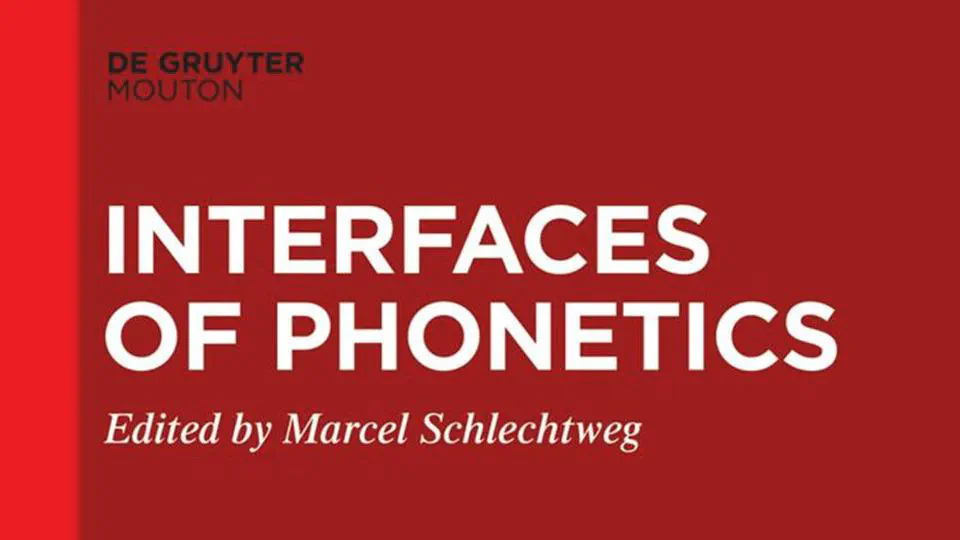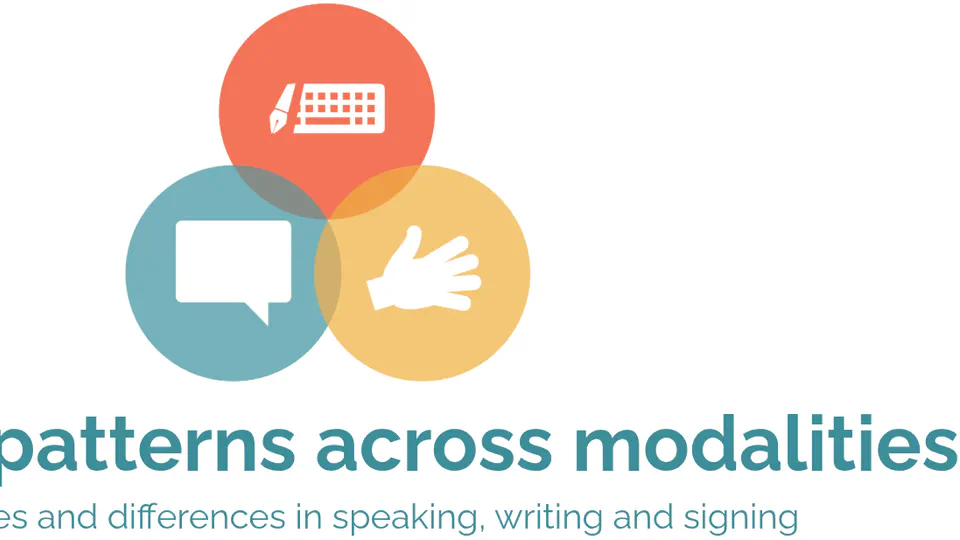Postdoctoral Researcher in Linguistics
I currently work as a postdoctoral researcher at University of Oldenburg (Carl von Ossietzky Universität Oldenburg) with Prof. Dr. Esther Ruigendijk. My primary research projects are:
Reduced (unclear) speech in second language learning
Perception of acoustically degraded signals by people of hearing loss and normal hearing
- Linguistics
- Psycholinguistics
- Phonetics
- Corpus linguistics
- Computational linguistics
- Hearing loss
- Second language learning
- Python
- R
PhD Linguistics
University of Tübingen, Germany
Partial fulfillment in PhD Human and Environmental Studies (Language Science)
Kyoto University, Japan
MA Human and Environmental Studies (Language Science)
Kyoto University, Japan
BA Law with a minor in Linguistics
Waseda University, Japan
My reseach focus can be summarized as effects of higher-level information on phonetic realizations. Higher-level information such as morphology, syntax, and especially semantics can systematically influence how words and segments are phonetically realized.
In my PhD project, I found that frequency effects on articulatory realizations (i.e., tongue positions) were modulated by morphological structure of words, and that such modulation effects of morphology could be explained better in terms of semantics.
Developing this line of research, I am working on two research projects:
- Predicting word forms only from their meanings in German and Chinese.
- Modulation of morphological effects on phonetic realizations by phonetic identity of segments.
Word forms, either coded in terms of their phonemic makeups or represented by their tongue movements, can be distinguished and predicted by their own semantic vectors, namely word-embeddings created by word2vec, fastText, contextualized embeddings using large language models, and etc. (Research project 1. above).
Segments can be different in their realizations, according to higher-level information such as semantics and morphology. For example, affixes (e.g., undo) have been found to be longer than their corresponding non-affixal counterpart (e.g., uncle). Such effects, however, can affect different types of segments differently. Vowels are easier to lengthen and easily contribute to make speech more audible than stop consonants, for example. This research topic corresponds to the second research project above (2.).




